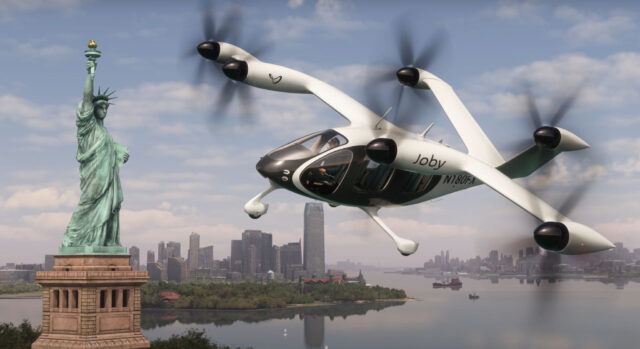Twin US Navy aircraft crashes off USS Nimitz: What went wrong in the South China Sea?

October 27, 2025

Two US Navy aircraft plunged into the South China Sea within the space of an hour on 26 October, in what has become one of the most alarming double mishaps in recent naval aviation history.
The US Pacific Fleet confirmed that at 14:45 local time, an MH-60R Sea Hawk helicopter assigned to the “Battle Cats” of Helicopter Maritime Strike Squadron 73 went down while conducting what officials described as “routine operations” from the aircraft carrier USS Nimitz (CVN 68).

Just 30 minutes later, at 15:15, an F/A-18F Super Hornet belonging to the “Fighting Redcocks” of Strike Fighter Squadron 22 also crashed into the sea after taking off from the same carrier.
Search and rescue teams from Carrier Strike Group 11 recovered all five personnel, three from the helicopter and two from the fighter jet, within minutes. The US Navy later confirmed that all crew members were safe and in stable condition.
Trump blames “bad fuel” after twin US Navy aircraft crashes
According to the Associated Press, President Donald Trump, speaking to reporters aboard Air Force One en route to Tokyo, suggested the incidents could have been caused by “bad fuel.” He ruled out foul play and said there was “nothing to hide.”
Two crashes from USS Nimitz raise concern over carrier safety
The USS Nimitz, the US Navy’s oldest active aircraft carrier, is currently on the final leg of its last deployment before returning to its home port at Naval Base Kitsap in Washington state.
Having departed the US West Coast in March, the ship spent much of the summer in the Middle East, supporting operations in response to Houthi attacks on commercial shipping in the Red Sea. It entered the South China Sea on 17 October as part of its return voyage.

The twin crashes, occurring in close succession and from the same carrier, have raised difficult questions about maintenance standards, flight safety, and whether years of near-constant operations are beginning to take their toll.
“This is not just an isolated accident,” said a Beijing-based naval analyst quoted by Global Times. “It could reflect declining reliability of aircraft and equipment, or reduced training time for aircrews under an overstretched deployment cycle.”
Chinese analysts highlight rising pattern of US Navy accidents
The US Navy has suffered several high-profile mishaps in the South China Sea in recent years. In January 2022, an F-35C Lightning II crashed during a landing on the deck of the USS Carl Vinson, injuring seven crew members. Three months earlier, the submarine USS Connecticut struck an uncharted underwater object, forcing it to return to Guam for repairs.
Beyond Asia, incidents have continued. In December 2024, a Super Hornet from the USS Harry S. Truman was accidentally shot down over the Red Sea by the cruiser USS Gettysburg during operations linked to the Houthi conflict.
US Navy stretched thin as global carrier operations expand
US carrier strike groups are currently operating across multiple theatres, from the Mediterranean to the Indo-Pacific and the Middle East. Each deployment can last many months, often extended beyond planned schedules due to crises or political decisions. Crews endure gruelling rotations, with limited time for maintenance and retraining.
Defence analysts note that the Nimitz-class carriers, though formidable, are ageing rapidly. The USS Nimitz was commissioned in 1975 and, after half a century of service, is due to be decommissioned in 2026. Mechanical wear, complex nuclear propulsion systems, and decades of flight operations have made upkeep increasingly challenging.
USS Nimitz 1981 crash: how tragedy reshaped US Navy policy
For the Navy, the Nimitz’s latest brush with disaster recalls its darkest chapter. On 26 May 1981, an EA-6B Prowler surveillance jet crashed while landing during a night training exercise off Florida, killing 14 sailors and injuring more than 40.

Investigators later revealed that seven of the crew members who died had tested positive for marijuana, shocking the military establishment and prompting sweeping reforms.
President Ronald Reagan subsequently introduced the Drug-Free Federal Workplace programme in 1986, mandating regular drug testing for personnel in safety-sensitive roles.
Declining readiness shows strain on US Navy deployment cycle
Experts in both China and the United States suggest that overextension is undermining the Navy’s effectiveness.
“With the US military’s global deployment strategy, its forces appear to be under heavy load,” said Song Zhongping, a former instructor with the People’s Liberation Army. “Continuous global missions leave little margin for recovery or proper maintenance.”

Another Chinese analyst, Wei Dongxu, told the Global Times that consecutive crashes of carrier-based aircraft in the same operation “reflect possible reliability problems” and “inadequate crew training” caused by prolonged high tempo.
While such remarks carry political undertones, even American observers concede that the relentless deployment cycle has left many crews fatigued and equipment overstressed. Since 2024, the Navy has lost at least four F/A-18 Super Hornets—one during a landing accident, another swept overboard, one off Virginia during training, and now a fourth in the South China Sea.
US Navy investigation launched into twin South China Sea crashes
The US Pacific Fleet has launched a formal investigation into the 26 October crashes. Regardless of whether fuel quality played a role, the incidents are certain to reignite debate in Washington over whether the Navy’s global commitments have outpaced its resources.
For years, defence planners have warned that maintaining simultaneous presences in the Red Sea, South China Sea, and Western Pacific is stretching crews, budgets, and matériel close to breaking point.
















